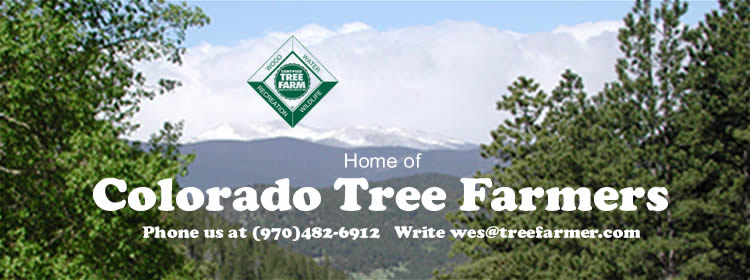������������������������������������������������������������������������������������������������������������������������������������������������������������������������������������������������������������������������������������������������������������������������������������������������������������������������������������������������������������������������������������������������������������������������������������������������������������������������������������������������������������������������������������������������������������������������������������������������������������������������������������������������������������������������������������������������������������������������������������������������������������������������������������������������������������������������������������������������������������������������������������������������������������������������������������������������������������������������������������������������������������������������������������������������������������������������������������������������������������������������������������������������������������������������������������������������������������������������������������������������������������������������������������������������������������������������������������������������������������������������������������������������������������������������������������������������������������������������������uct could be sold for by a bid offering. This method may be used as a starting point for negotiated sales or as
setting a final rate for the sale without negotiations or bidding. Standard rates are an inexpensive method but only a guide and must be
used only when they meet the criteria of “fair market value”. They are use primarily in small volume sales.
Comparison Method
Comparison appraisals frequently provide a cost efficient
method of determining fair market value. Comparisons
are made with another sale or sale to determine the value of the sale under
consideration. If there are wide
variations or differences in the sale(s) that are being compared, this method
should not be used.
Residual Value Method
One objective in discussing this method is to show the many
variables in determining the value of standing timber. This was the common method in determining values of National Forest
Timber in the 60’s, 70’s, and early ‘80s. It starts with the selling price of lumber, subtracts costs of
manufacturing and harvesting, to come up with a fair market value of the
products from a sale. It is the
simple formula of:
Lumber Selling Value less Logging Costs less Manufacturing
Costs less Profit Margin = Stumpage Value
(When all costs are converted to log scale)
Answer to Quiz Question #5:
List 3 factors that affect the market value of standing timber.
Current average stump-to-truck logging costs are adjusted
to actual factors on the sale being appraised.
These are:
Felling and Bucking Costs are adjusted for,
Tree size
Tree density
Merchantable tree defects
Slope percent
Skidding Costs are adjusted for,
Net volume/acre
Log size
Average skid distance
Scaling defect
Loading Costs are adjusted for,
Scaling defect
Gross 16 foot logs per thousand board feet
Log transportation costs are computed based upon average cost/minute/MBF times
the total time it takes to make a round trip from the woods to the mill. Longer and steeper log hauls increase the cost per thousand board feet.
A sample of a narrative appraisal report, which summarizes
the adjustments made, is available from the State Committee and can be used as a
handout.
Master Tree Farm Course Tree Farm Manager
